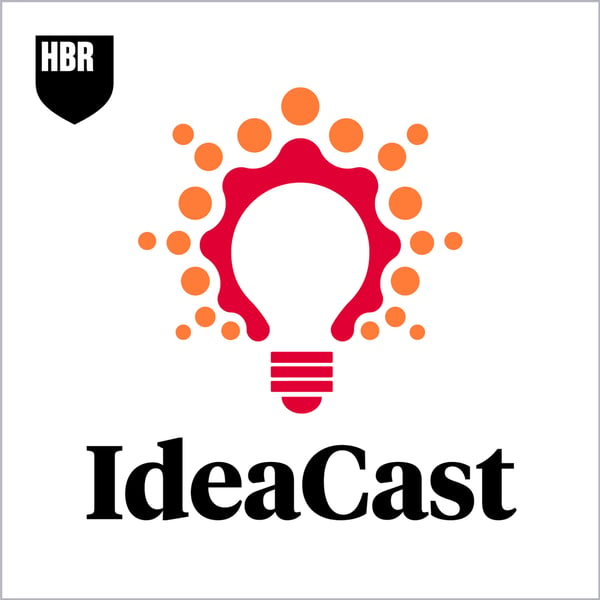4 Business Ideas That Changed the World: Disruptive Innovation
HBR IdeaCast
Harvard Business Review
4.4 • 1.9K Ratings
🗓️ 13 October 2022
⏱️ 45 minutes
🧾️ Download transcript
Summary
Transcript
Click on a timestamp to play from that location
| 0:00.0 | Welcome to four business ideas that changed the world, a special series of the HBR idea |
| 0:15.4 | cast. |
| 0:23.3 | In the 1980s, Clayton Christensen was in his 30s, the business guy at a startup. |
| 0:28.1 | The company was making ceramics out of advanced materials, and it was able to take over |
| 0:32.7 | the market niche from Dupont and Alcoa. |
| 0:36.0 | That experience left Christensen puzzled. |
| 0:38.0 | How could a small company with few resources beat rich incumbents? |
| 0:42.9 | The question led to his theory of disruptive innovation, introduced in the pages of Harvard |
| 0:47.9 | Business Review in 1995, and popularized two years later in the innovator's dilemma. |
| 0:54.4 | The idea has inspired a generation of entrepreneurs. |
| 0:57.7 | It's reshaped R&D strategies' account list established firms seeking to disrupt themselves |
| 1:02.5 | before somebody else does, and its changed how investors place billions of dollars in |
| 1:07.6 | how governments spend billions more, aiming to kickstart new industries and spark economic |
| 1:13.1 | growth. |
| 1:14.1 | But the idea has taken on a meaning well beyond what Christensen actually described. |
| 1:19.4 | Think about how easily we use the word disruption to explain any sort of innovation, business |
| 1:24.3 | success, or industry shake-up. |
| 1:27.1 | It's also drawn fire. |
| 1:29.0 | Some critics argue the theory lacks evidence. |
| 1:32.2 | Others say it glosses over the social costs of bankrupted companies, and debate continues |
| 1:37.5 | over the best way to put the idea to work. |
| 1:40.3 | On this special series, we're exploring four business ideas that change the world. |
... |
Please login to see the full transcript.
Disclaimer: The podcast and artwork embedded on this page are from Harvard Business Review, and are the property of its owner and not affiliated with or endorsed by Tapesearch.
Generated transcripts are the property of Harvard Business Review and are distributed freely under the Fair Use doctrine. Transcripts generated by Tapesearch are not guaranteed to be accurate.
Copyright © Tapesearch 2025.

